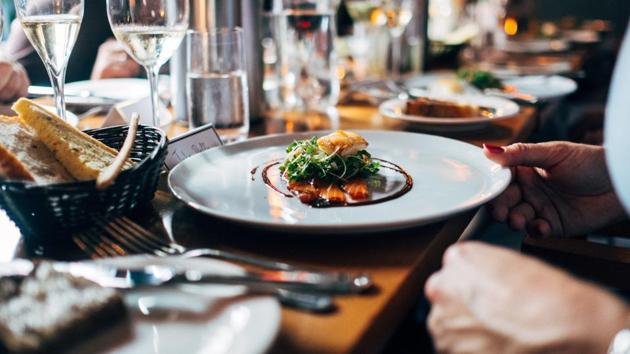Why we eat more with others than when alone
A recent study found that people eat more with friends and family because having food with others is more enjoyable and social eating could increase consumption.
People eat more with friends and family than when dining alone, according to a new study released on Saturday that suggests that the phenomenon called ‘social facilitation’ is a possible throwback to our early ancestors’ approach to survival.

Experts at the University of Birmingham led a team of researchers in Britain and Australia who explain that ancient hunter gatherers shared food because it protected against periods of food insecurity.
This survival mechanism, they say, may still persist today, leading to people eating more with friends and family because eating with others is more enjoyable and enhanced reward from social eating could increase consumption.
Besides, social norms might ‘permit’ overeating in company but sanction it when eating alone, and providing food becomes associated with praise and recognition from friends and family, strengthening social bonds.
The study highlights that, as with many species, humans tend to share a common food resource. Most humans are no longer hunter-gatherers, but mechanisms similar to those that once served efficient foraging continue to guide our dietary behaviour.
Research leader Helen Ruddock said: “We found strong evidence that people eat more food when dining with friends and family than when alone…People want to convey positive impressions to strangers. Selecting small portions may provide a means of doing so and this may be why the social facilitation of eating is less pronounced amongst groups of strangers”.
“Findings from previous research suggest that we often choose what (and how much) to eat based on the type of impression that we want to convey about ourselves. Evidence suggests that this may be particularly pronounced for women eating with men they wish to impress and for people with obesity who wish to avoid being judged for overeating.”
According to Ruddock, ‘social facilitation’ can be seen as a natural by-product of social food sharing - a strategy that would have served a critical function in ancestral environments, which also explains why it is more likely to occur in groups with individuals who are familiar with each other.
Previous studies found that those eating with others ate up to 48% more food than solo diners and women with obesity eating socially consumed up to 29% more than when eating alone.






